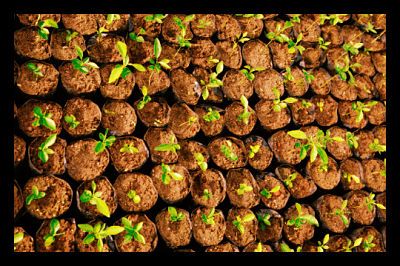An Initiative to Reforest Haiti

One of the primary causes of poverty in Haiti is deforestation. Only 2% of the Haitian side of the island is covered by forest, one of the lowest rates in the world and less than a fifth of the global average. Satellite images show a striking contrast between the forested Dominican Republic and the barren Haiti. Severe deforestation leads to poor soil quality and water scarcity, both of which reduce agricultural yields. Additionally, natural disasters are worsened with the instability of bare soil, increasing the threat of mudslides and the damage caused by earthquakes.
This issue is not a new one in Haiti. Deforestation began on a massive scale in colonial times, when land was cleared for sugar plantations. Since then though it has continued, with as many as 40 million trees felled annually for cooking fuel. However, a recent government initiative marks a turning point. The government of President Michel Martelly is beginning a push to reforest Haiti, committing to planting 50 million trees a year. The goal is to double forest cover by 2016, and then to continue to improve on that gain. Until now, reforestation programs have all been carried out by non-government organizations, the majority of which are foreign operated.
To further the actual planting of trees, the campaign will include various methods of educating the populace. The initiative’s success requires readjusting the view all Haitians have towards deforestation. Radio programs will be used as educational tools, as well as pamphlets and the addition of environmental studies to the school curriculum. Gas-powered stoves will be promoted as efficient alternatives to the burning of wood and charcoal for cooking.
In order to be successful, this initiative will require a lot of effort from the government. In addition to education and the actual reforestation process, a concerted effort will need to be made to enforce legislation and prevent illegal logging in protected areas. The project is only just beginning, but if it is successful, we will see significant benefits in just a few years.
– David M. Wilson
Sources: The Guardian, Botanic Gardens Conservation International
Photo: UNDP
